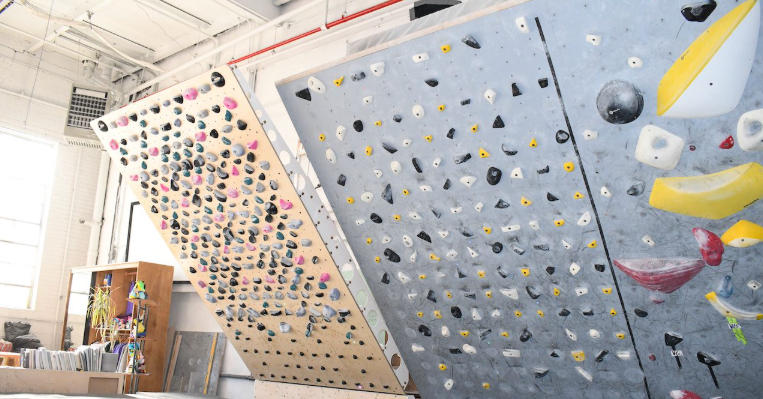Decoy Climbing Holds: Enhancing Your Climbing Experience
When it comes to climbing, both indoors and outdoors, every hold plays a crucial role in determining a climber’s success. Decoy climbing holds, a unique addition to any climbing wall, can enhance training, improve skills, and offer an element of surprise. Understanding how to effectively use these holds can elevate your climbing game and boost your confidence on the wall.
What Are Decoy Climbing Holds?
Decoy climbing holds are specifically designed to mimic the appearance of traditional holds but serve a different purpose. They can be utilized to distract climbers or create a more challenging environment by forcing climbers to focus on holds that may not be usable. These holds often blend in seamlessly with genuine holds, making it harder for climbers to predict their utility. Whether you are training for a competition or just looking to spice up your routine, incorporating these holds can ensure you’re always at your best.
Benefits of Using Decoy Holds
One primary benefit of decoy climbing holds is their ability to enhance climber decision-making skills. Climbers must learn to quickly assess which holds are functional and which are not, improving their agility on the wall. This forces climbers to adopt a more strategic approach to each ascent. Additionally, using decoy holds can also mimic outdoor climbing conditions where not every hold is reliable. As a result, climbers become better prepared for real-world challenges, thus fostering greater confidence in their abilities.
Incorporating Decoy Holds into Your Training
To effectively incorporate decoy climbing holds into your training routine, consider setting specific routes that include both usable and decoy holds. Start by creating a few simple routes where beginners can identify decoys versus regular holds, gradually increasing complexity as climbers develop their abilities. You can also mix these holds into more advanced routes for advanced climbers looking to sharpen their skills. Engaging in this dynamic training method not only keeps things exciting but also fosters a sense of camaraderie among climbers as they navigate the challenges together.
In conclusion, decoy climbing holds offer a unique twist to climbing training that can significantly enhance skills and decision-making. By challenging climbers to identify usable holds under pressure, these holds prepare athletes for success on both indoor and outdoor climbing routes. If you’re ready to take your climbing experience to the next level, consider adding decoy holds to your practice. Happy climbing!
